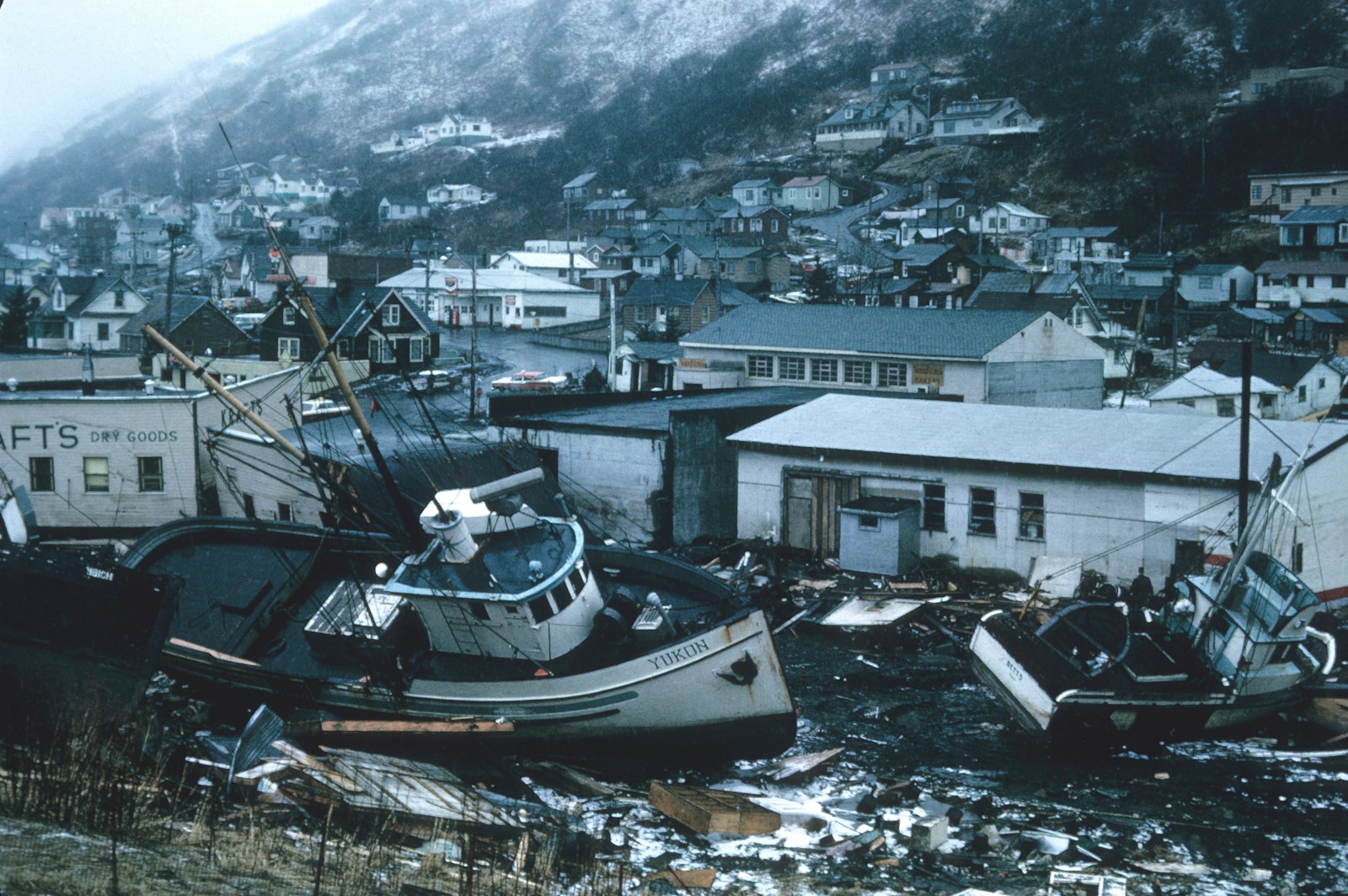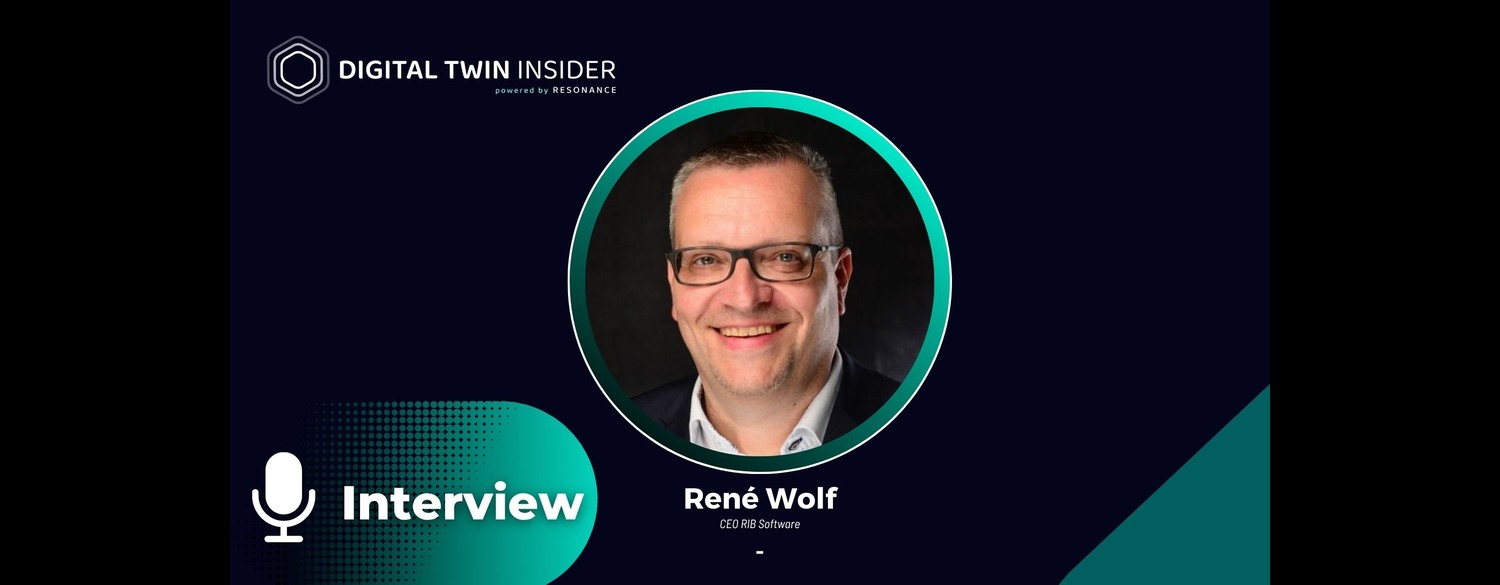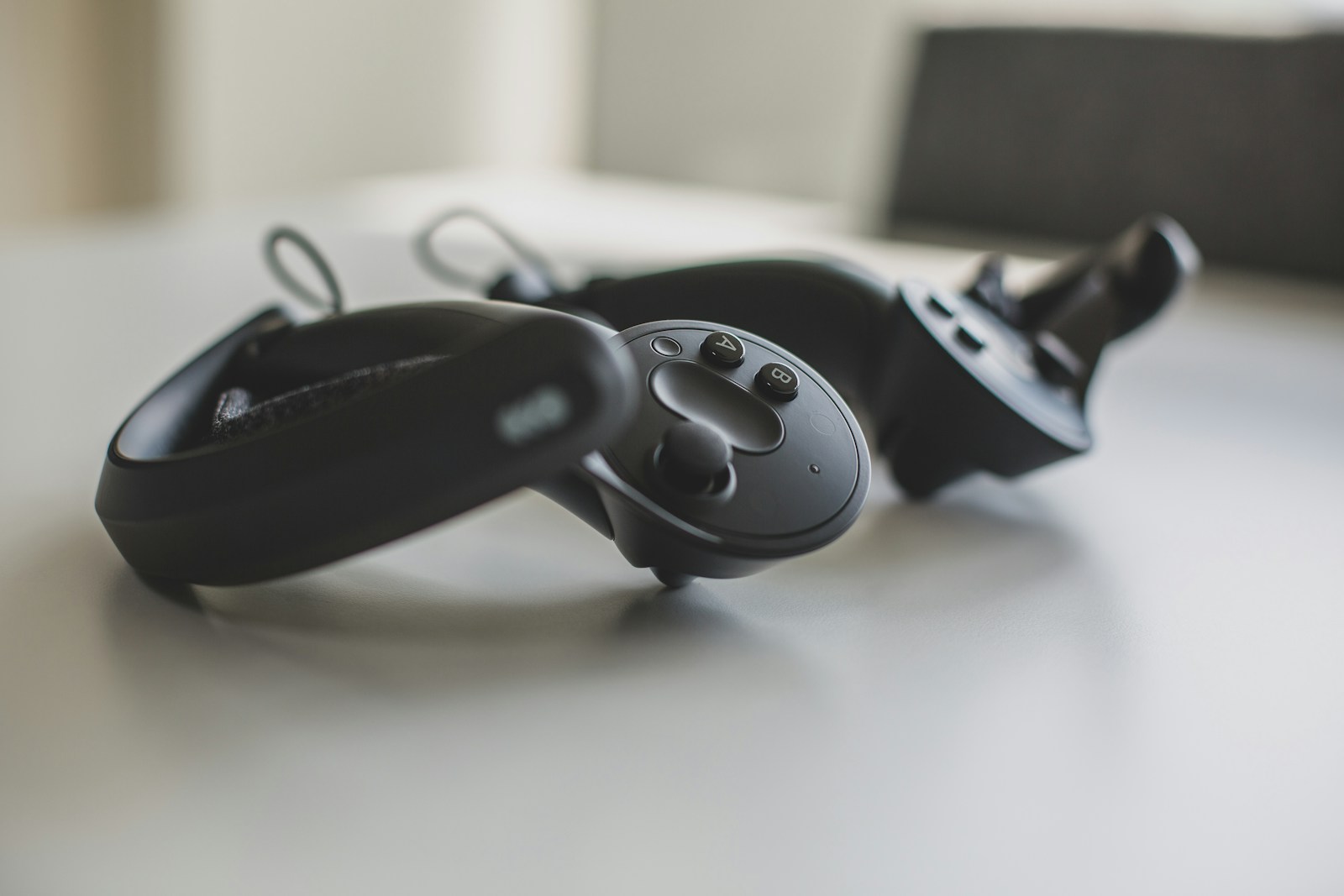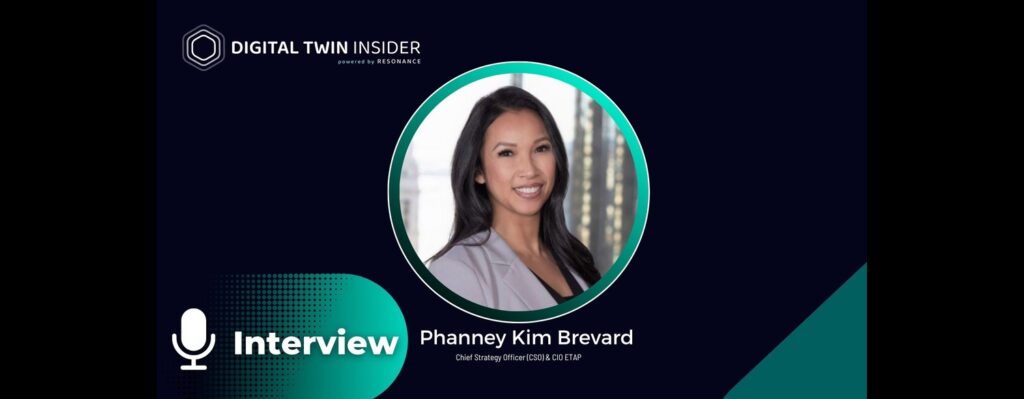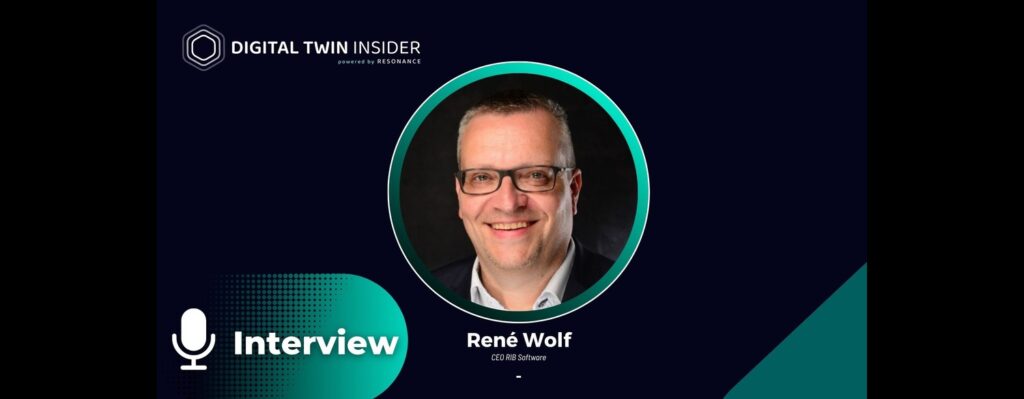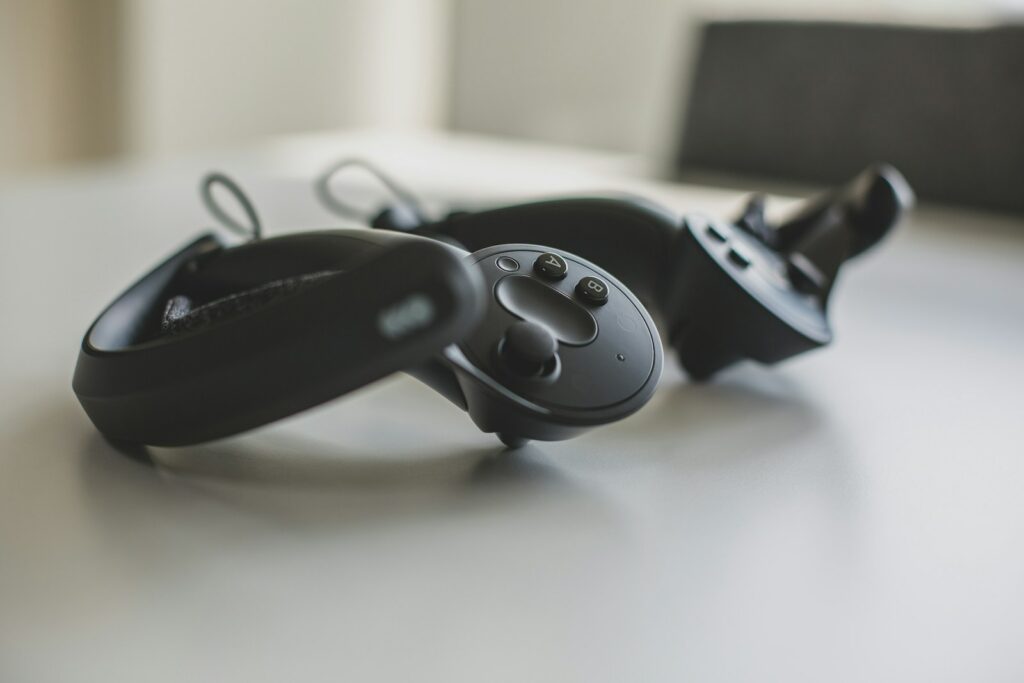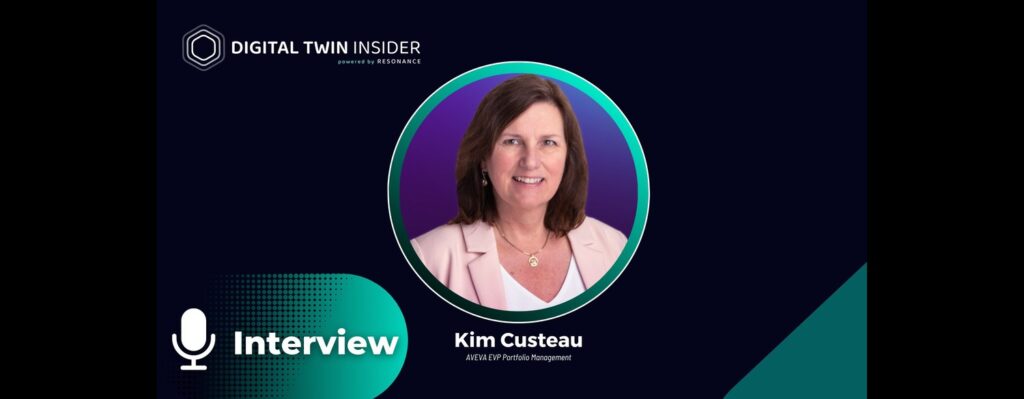Following natural disasters, a prompt response and efficient coordination are essential for saving lives and reducing damage. Digital twin technology is revolutionizing this effort, offering real-time visualization and analysis of disaster scenarios, and helping to create more resilient cities.
At the SusHi Tech Tokyo 2024 Global Startup Program, experts clarified how digital twins are transforming disaster response operations.
Shinnosuke Komiya, co-founder of Ukaria, stressed the power of their open-source platform, reEarth.

“reEarth is an open-source web GIS platform that allows you to visualize or analyze the dataset of GIS without coding,” he said.
Noriyuki Yoshida, from the newspaper Yomiuri, underscored the importance of disseminating information swiftly, sharing: “On January 1st, 11:00 p.m., 7 hours after the earthquake, we were able to publish this content.”
Professor Hidenori Watanave, a pioneer in the field, emphasized the significance of open data and no-code platforms.
“Open data, 3D data, not only making it accessible but also accessible to everyone, and the no-code platform plays a very important role,” he said.
Digital twins are transforming disaster response by allowing quick mapping of affected areas, aiding in evacuation planning, and improving resource allocation. By combining data from satellite imagery, drone footage, and on-the-ground reports, digital twins provide a complete picture of disaster situations, helping decision-makers respond more effectively. Additionally, these platforms are user-friendly, making disaster response more inclusive and enabling collaboration among a wide range of stakeholders, including citizens, media, and government agencies.
As Professor Watanave said: “By making up a community, a variety of people can collaborate, with a lot of data, and of course, each of the people can have some wishes, and various types of resources can be collected.”
With cities become more resilient, digital twin technology is proving to be a valuable tool, connecting real-world situations with virtual models. By using digital twins, cities can improve their ability to prepare for, respond to, and recover from disasters, helping to protect lives and infrastructure.
If you found this article to be informative, you can explore more current Digital Twin news here exclusives, interviews, and podcasts.
Featured image: Credit: BBC
